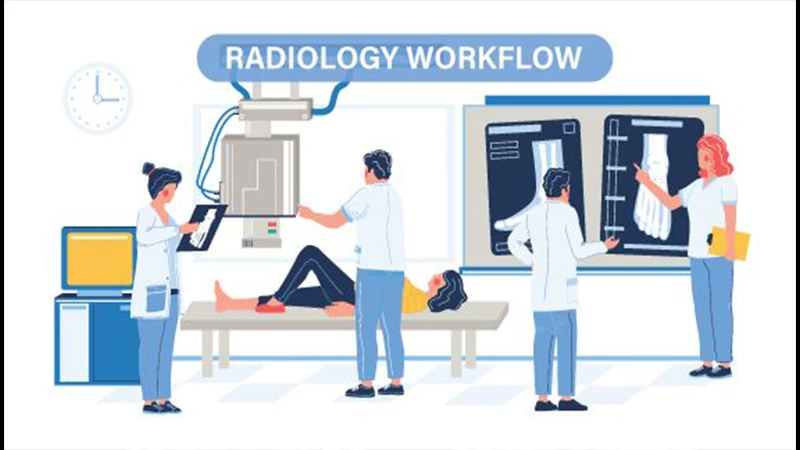Career Paths & Specializations in Radiologic Technology
A degree in Radiologic Technology and certification as a Radiographer (R.T.(R)) is just the beginning of a long and rewarding career. While general radiography (X-ray) is the foundation, the field offers a rich variety of advanced specializations, allowing technologists to focus on specific modalities, patient populations, or procedures. Pursuing these "post-primary pathways" requires additional training and certification but leads to increased skills, responsibility, and career opportunities.
Advanced Modality Specializations
These are the most common pathways, where technologists become experts on a specific type of imaging equipment.
- Computed Tomography (CT): CT technologists are experts in operating CT scanners to produce cross-sectional images. They are skilled in scan protocoling, IV contrast administration, and post-processing techniques like 3D reconstructions.
- Magnetic Resonance Imaging (MRI): MRI technologists operate powerful magnetic scanners. This field requires a deep understanding of physics, complex imaging parameters, and rigorous patient safety screening procedures.
- Mammography (M): Mammographers are specialized technologists who perform screening and diagnostic breast imaging. This role requires excellent patient communication skills and technical precision.
- Sonography (RDMS): Sonographers, or ultrasound technologists, use sound waves to create images. This is a highly operator-dependent modality requiring superb hand-eye coordination and anatomical knowledge.
- Nuclear Medicine (N): These technologists administer radiopharmaceuticals to patients and use gamma cameras to capture images of physiological processes, such as in PET and SPECT scans.

Procedure-Based Specializations
Some technologists specialize in specific types of procedures rather than just one modality.
- Interventional Radiology (IR) / Cardiac Interventional (CI): Also known as "specials," these technologists are a critical part of a team that performs minimally invasive, image-guided procedures. They work alongside radiologists and cardiologists during procedures like angioplasty, stenting, and embolizations, operating complex fluoroscopic equipment.
- Bone Densitometry (BD): These technologists use specialized X-ray equipment (DEXA scanners) to measure bone mineral density and diagnose osteoporosis.
Advanced Roles and Leadership
With experience, technologists can move into roles with greater leadership and administrative responsibilities.
- Lead Technologist: An experienced tech who takes on supervisory duties for a specific shift or modality, managing schedules, troubleshooting equipment, and mentoring junior staff.
- Radiology Administrator / Manager: A management role responsible for the overall operations of a radiology department, including budgeting, staffing, and ensuring regulatory compliance. This often requires a bachelor's or master's degree.
- PACS/RIS Administrator: A technologist with strong IT skills who manages the Picture Archiving and Communication System (PACS) and Radiology Information System (RIS), ensuring the smooth flow of images and data.
- Clinical Instructor / Educator: An experienced technologist who works in an academic or hospital setting to train the next generation of students.
Conclusion: A Field of Lifelong Learning
A career as a Radiologic Technologist is a journey of continuous growth and learning. The initial certification in radiography opens the door to a wide world of possibilities. Whether you are passionate about the complex physics of MRI, the fast-paced action of interventional procedures, or the leadership challenges of managing a department, there is a career path in medical imaging to match your skills and ambitions.


Comments